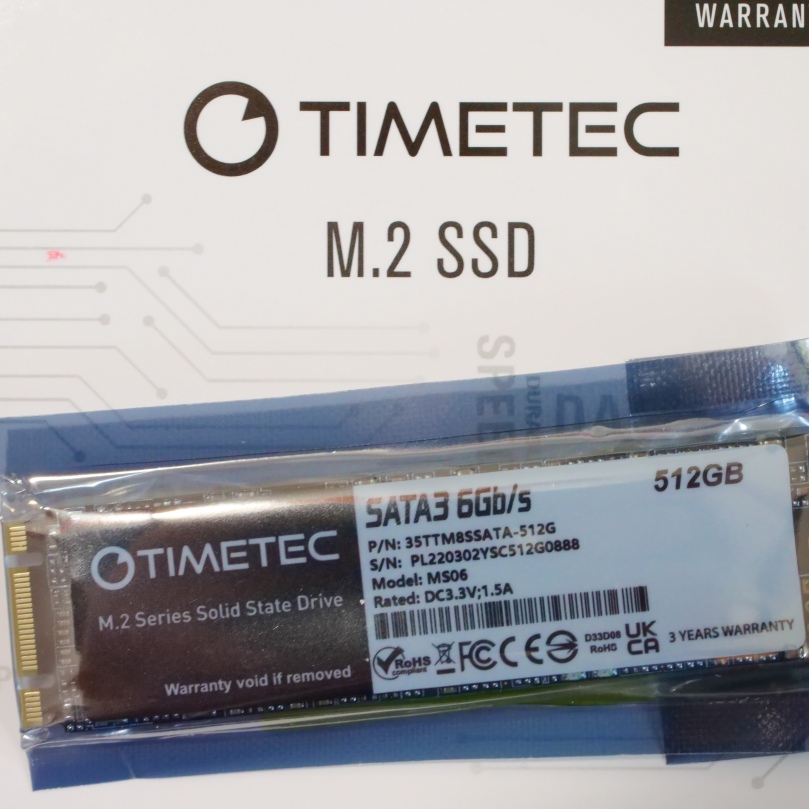Today I finally pulled the trigger and migrated my little development system from Pop!_OS 22.04 to Fedora 36. Up to the final moment of migration I’d been vacillating all over the place about what I would replace Pop!_OS with, until it came time to do the task, at which point I shrugged my shoulders and selected Fedora. Fedora isn’t perfect and I have some issues with having Parental Controls uninstallable, but Fedora has no unpleasant surprises communicating with all my USB-connected embedded developer boards. The only issue that cropped up is forgetting to add the login accounts to the dialout group. Interestingly, that was done automatically in Pop!_OS, but that good deed was overshadowed by the inclusion of brltty in the installation, that could only be stopped by systemctl. I’d lost trust in Pop!_OS.
In order to make this transition as smooth as possible I added a second SATA3 500GB SSD drive to the system (I’d had it for years as an external USB drive for my Raspberry Pi boards), and then copied my entire home directory onto that drive. In order to minimize risk in the transition I pulled the existing SSD with Pop!_OS installed and installed a brand new blank 500GB SSD in its place.

This was the TIMETEC SATA3 SSD Model MS06. I ordered it from Amazon for US$45. That’s not a misprint. As a retired guy I’m on a super-tight budget with no money to waste. If I can find a piece of hardware that is cheap enough and reliable enough, I’ll consider it over the best-of-breed in the same category any day. And so I ordered one of these. When it arrived it took less than five minutes to swap it in place of the existing drive. I’d already copied a Fedora 36 ISO onto an old 8GB thumb drive using Balena Etcher. I then plugged in the thumb drive, powered back up, and installed Fedora. I took all the defaults, nothing unusual.
When the system rebooted I created two accounts, one to mirror the older system named popos, and a second named admin. I logged out of the new popos and into admin, and then sudoed to root. I moved the original popos home directory out of the way and then performed a recursive copy of the older popos home I’d copied while the system was running Pop!_OS into /home on Fedora. Once the copy was complete I performed a recursive change of ownership (chown -R popos:popos /home/popos) on the copied popos home. You have to do that because the copy as root means root owns it all. Log out of admin and back into popos, and check out a few things to make sure it all works. Thankfully it all does.
I had to install Vivaldi onto Fedora. Once that was installed I was able to start it up. All my open tabs were still there, as was all the metadata and passwords from when I was running under Pop!_OS. I also had to reinstall Java (Amazon Corretto 17.0.3) , Gradle, Google Go, and vim. Why is it that every distribution doesn’t come with vim installed by default? I checked out my ESP IDF installation and everything works. I’ve been working with Flutter 3, so I had to install support for it. I installed clang, ninja-build, and gtk3-devel. With those installed flutter doctor gave the installation a clean bill of heath.
Although it’s probably just my imagination, I think the system overall is a little faster. Maybe a little snappier. I’m sure I’ll run into something that I’ll complain about, but so far, I’m totally pleased with how this has turned out. Based on my past experiences it could have gone a whole lot worse. I’ll keep the other drive for a while, just in case. But at some point I’ll probably swap it back in, wipe it clean, install Fedora on it, and transfer back to it. The drive that got replaced is a Western Digital Blue 1TB SSD I paid US$88 for back in December when it was on sale. I could afford that back then. I didn’t buy one this time because the price has risen to $120, which blew the budget. I felt guiltt enough spending $45 on the TIMETEC.
So we’ll see how the TIMETEC works out. Did I just waste $45? Only time will tell. So far I certainly can’t complain.
Update 20 May
You also need to install dnf package python3-tkinter, as it’s not installed automatically with Python 3.

You must be logged in to post a comment.